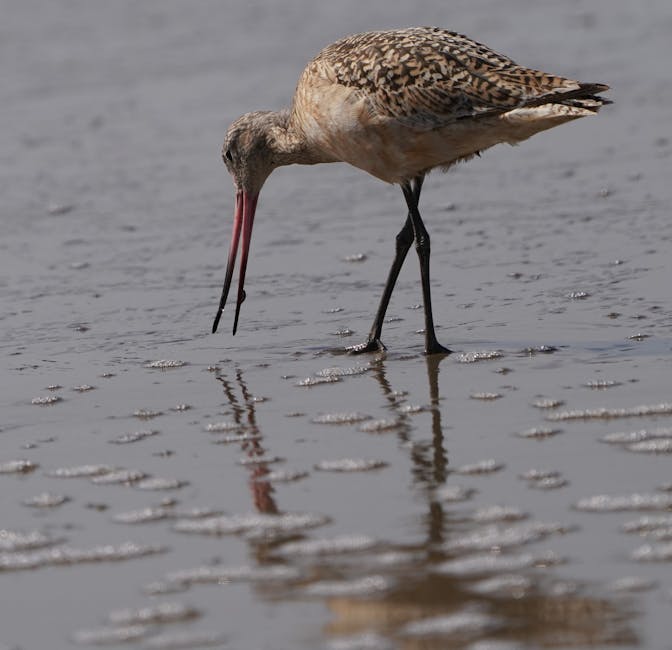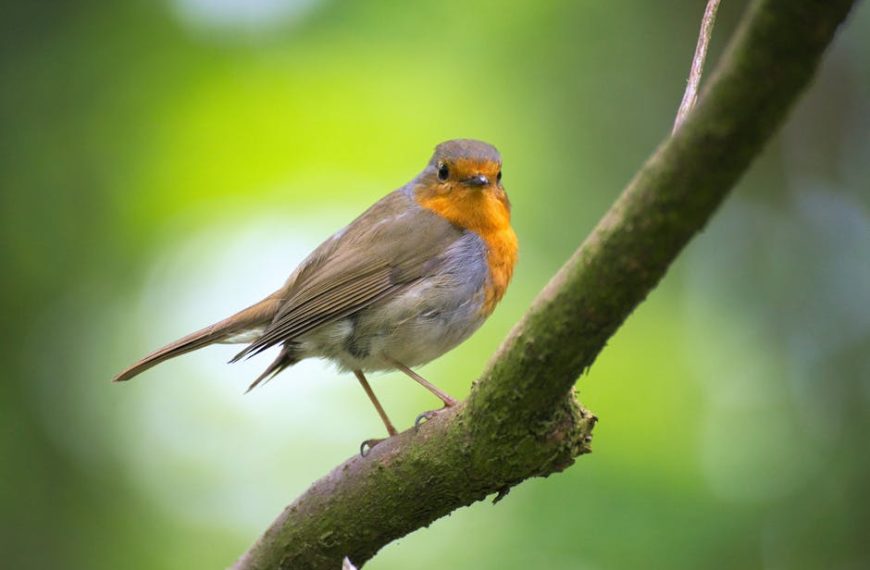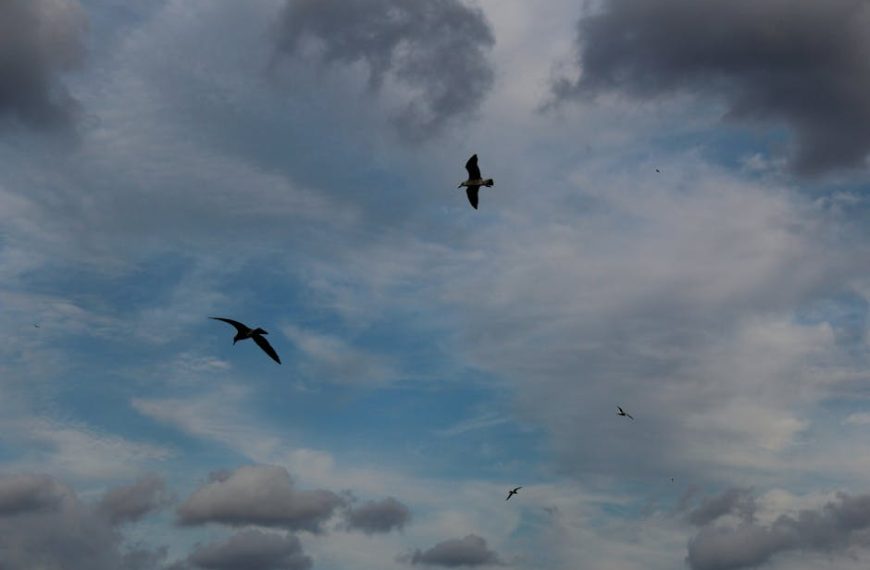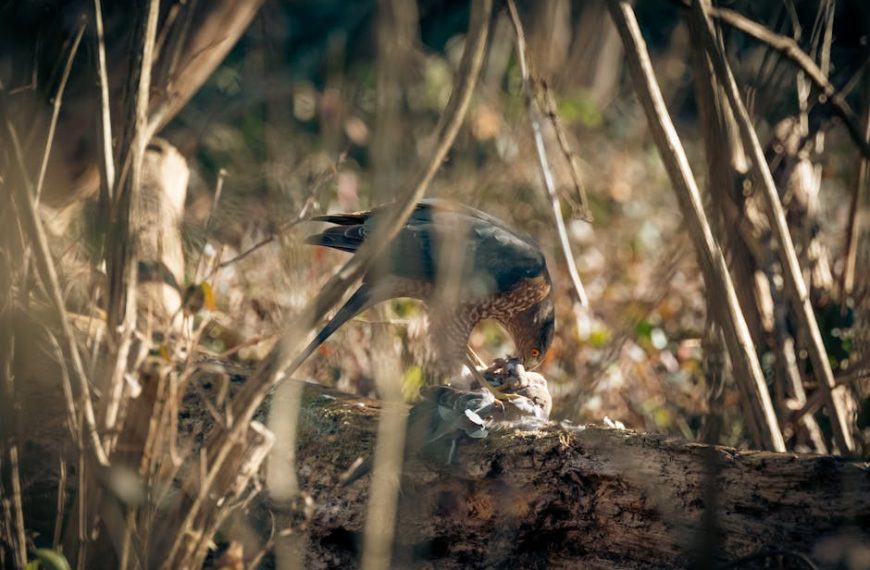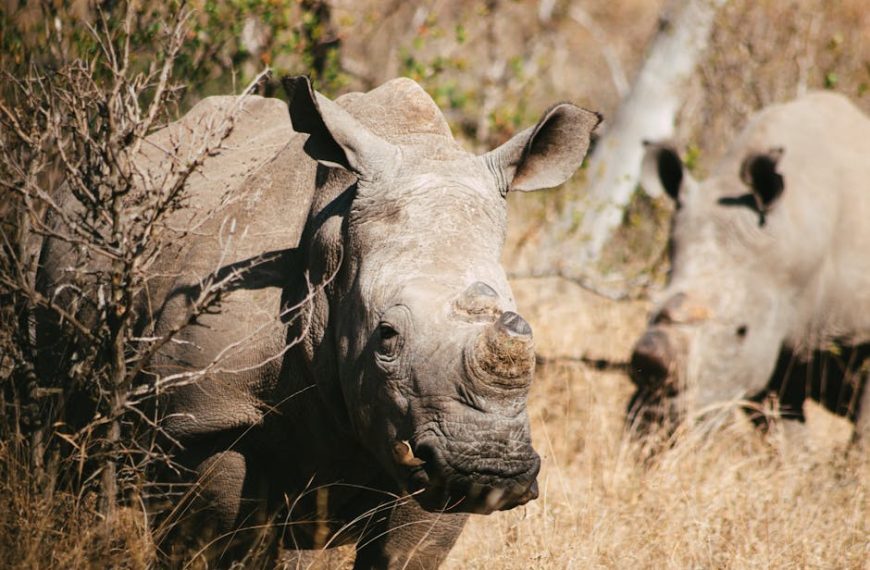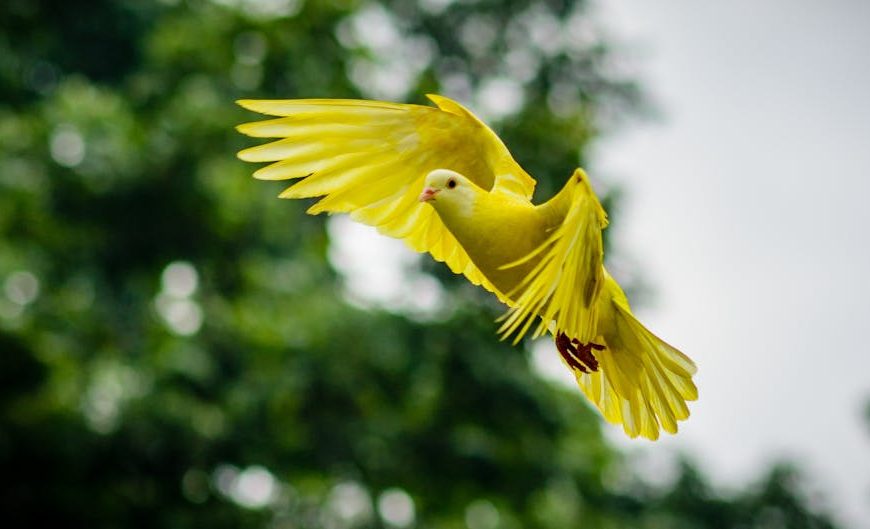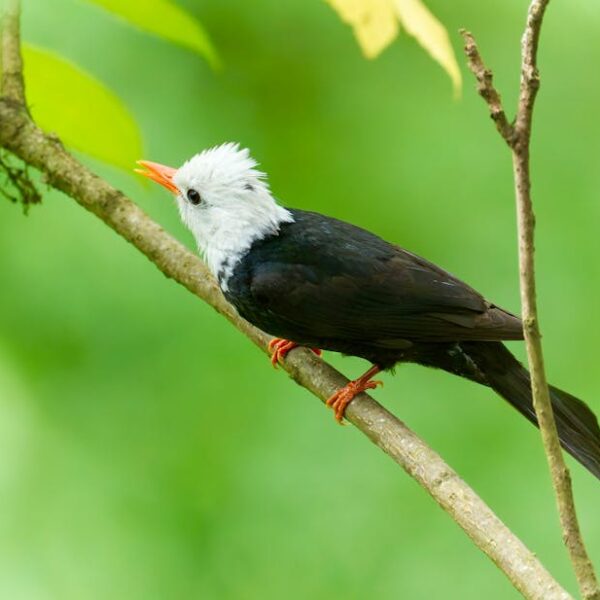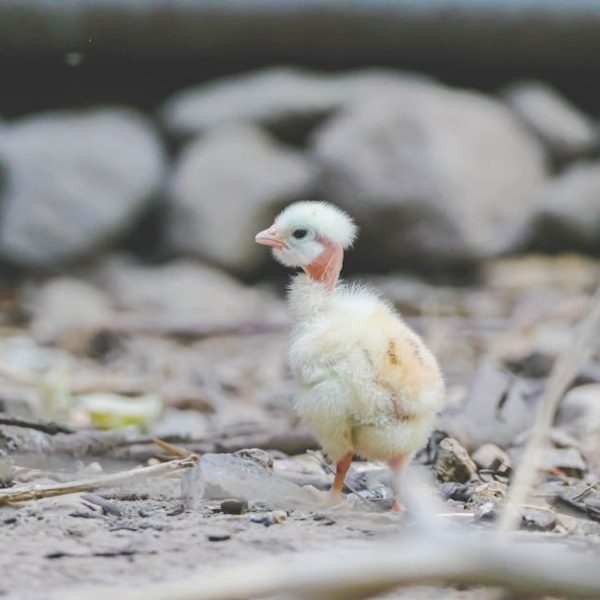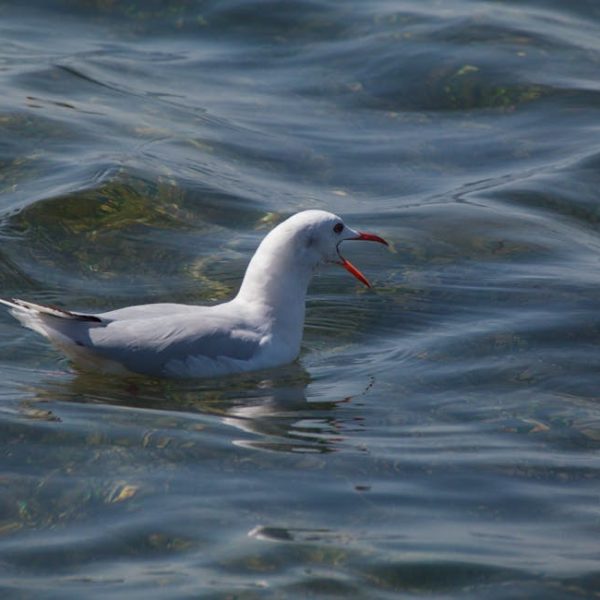Bird migration represents one of the natural world’s most enduring and intriguing phenomenons. This adaptive behavior enables birds to exploit the best environmental conditions such as abundant food availability and balmy climates. The timing of bird migration, especially south for the winter, is a complex interplay of birds’ internal rhythms and external environmental stimuli that are somewhat predictable, but also susceptible to varying factors like climate changes.
Understanding Bird Migration
Bird migration refers to birds’ seasonal movement between their breeding grounds and their wintering grounds. This regular pattern, mostly from the temperate northern regions to the warmer southern areas, is an adaptation to optimize survival chances by avoiding harsh winter conditions and benefiting from peak food availability.
Several bird species, including Swallows, Warblers, and numerous duck and goose species, engage in this seasonal voyage. In these audacious journeys, birds exhibit remarkable navigation skills, traversing great distances guided by an intricate mix of instinct and learned behaviors.
Heading ‘South for the Winter’ is a time-cherished strategy initiated by shorter daylight hours and dropping temperatures. Birds instinctively sense the need to move towards warmer regions where resources are still plentiful, resulting in this iconic southward journey.
Best Practices: For birdwatchers, migration periods offer an unmatched spectacle. However, to prevent disturbance, maintain a respectful distance, avoid flash photography, and keep noise levels to a minimum.
Factors Determining the Timing of Bird Migration
While the timing of bird migration predominantly relies on a bird’s internal biological clock, daylight length, weather conditions, and food availability are pivotal external factors. The changing day length (photoperiod) triggers hormonal changes in birds, initiating migratory behavior. Weather conditions play a pragmatic role, with birds often waiting for favorable winds and clear skies for an optimal journey.
Food availability, arguably the most essential survival factor, directs the timing and direction of bird migration. Different species, depending on their dietary needs, may navigate alternate routes or migrate at different times to capitalize on food resources.
Pro Tips: Timing is everything for bird-watchers. Pay attention to bird behaviors that prelude migration like changes in feeding patterns and group formations. Reliable bird migration forecasts can help you plan an ideal birdwatching day.
Process of Bird Migration South
The bird migration process comprises preparatory, navigation, and survival stages. Ahead of migration, birds undergo physiological changes, including fat accumulation to fuel their journey. Birds embark on their migration route equipped with innate compass sense, guided by celestial cues, earth’s magnetic field among other navigational tools.
The journey south is fraught with challenges such as predation, habitat loss along the route, and unpredictable weather. Birds employ several strategies to overcome these hazards, including flying at night to avoid predators and exploiting wind currents to conserve energy.
Pros and Cons: Despite encountering hazardous conditions en route, the survival benefits of accessing abundant food supply and favourable climates in the south make migration worthwhile. On the downside, mass bird migration can disrupt ecosystems, causing resource competition among local and migratory bird species.
Impacts of Climate Change on Bird Migration Timing
Climate change and global warming are significantly influencing bird migration timing. Rising temperatures alter the availability and location of food, prompting some bird species to adjust their migration schedules. A warmer climate can misalign the birds’ arrival at their nesting grounds with food availability, thus affecting their breeding success.
Moreover, these alterations can affect both departure and arrival ecosystems. Changes in bird migration timing can disrupt ecological balance by altering predator-prey relationships and competition dynamics for resources.
Checklists:
- Unusual timings of bird sightings
- Changes in nesting behavior and reproductive success
- Alterations in feeding patterns
- Location changes in bird species.
Scientific Research & Studies on Bird Migration Timing
Recent scientific research and studies leverage advanced technologies like satellite tracking and GPS tagging to unravel mysteries of bird migration timing. These technologies have shed light on migration paths, stopover sites, and the impressive navigational skills birds possess.
Critical findings include the discovery of birds altering migration timing in response to climate change, and the realization that bird migration is more fluid and adaptable than previously thought.
However, several mysteries remain. Future research directions include studying the genetic mechanisms controlling bird migration and understanding how human-induced environmental changes influence bird migration patterns. This complex, fascinating phenomenon continues to captivate scientists and bird lovers alike.
Key Takeaway:
- Bird migration, especially the movement south for the winter, is a strategic adaptation to exploit optimal living conditions including temperate climates and plentiful food supplies.
- Migration timing predominantly hinges on birds’ biological rhythms as well as environmental factors like daylight length, weather, and food availability.
- Birds display impressive navigation skills and survival strategies during migration, overcoming a multitude of hazards along the way.
- Effects of climate change and global warming, including altered food availability due to changing temperatures, are prompting some species to adjust their migration timetable and paths.
- Advanced technologies like satellite tracking are instrumental in scientific research, revealing key insights like how birds can adapt migration timings in response to climate change.
Bird migration is a testament to nature’s adaptable and resilient capabilities. Although climate change poses challenges to their conventional migration patterns, birds’ unique ability to adjust and adapt offers hope for their continued survival. Remember, we can each play a part in helping these magnificent creatures by being considerate during birdwatching activities, supporting climate change mitigation efforts, and advocating for the protection of important bird habitats.
FAQs
Q: Do all bird species migrate south for the winter?
A: No, not all bird species migrate south. The necessity to migrate and the direction of migration depend on the species’ ecological needs and the climatic conditions of their habitats.
Q: Can birds alter their migration path due to climate change?
A: Yes, some bird species under the pressure of changing environmental conditions are known to adjust their migration path and timing.
Q: How do birds navigate during migration?
A: Birds use a mix of navigational aids including the sun, stars, Earth’s magnetic field, and landmark recognition to navigate during their migratory journey.
Q: Are there any human activities that can interfere with bird migration?
A: Yes, deforestation, urban development and light pollution can disrupt bird habitats and migration paths, influencing their survival and reproduction.
Q: Why is scientific study of bird migration important?
A: Scientific research on bird migration helps us understand this complex phenomenon, adapting species conservation strategies, and gaining insights into ecological changes influencing migratory behaviors.
Feel free to share this article with others interested in bird migration and ecology, and explore more intriguing posts on our website.
